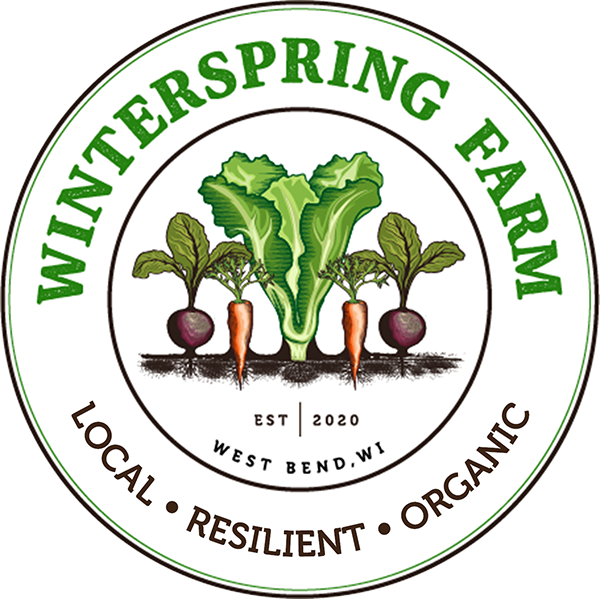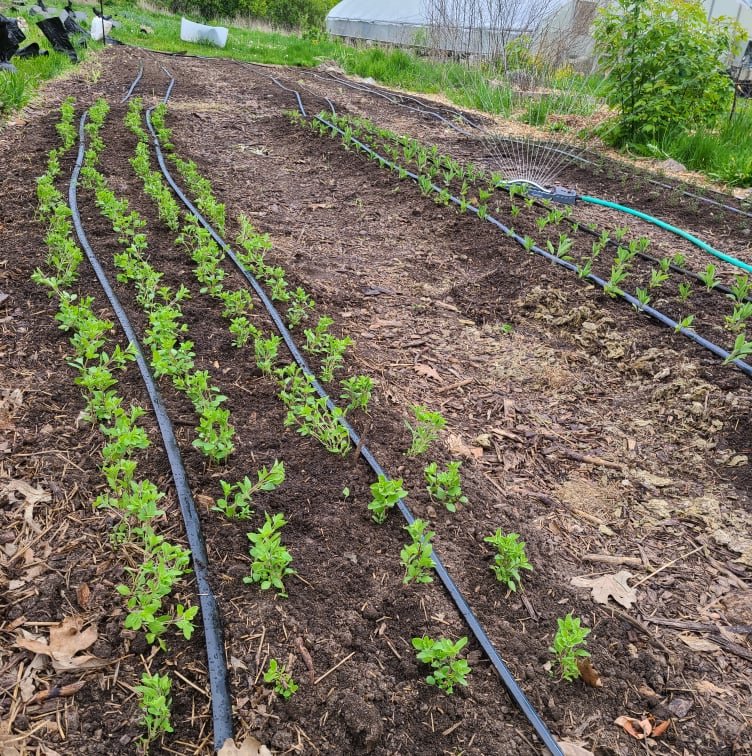Whispering of the Thistle
Rox in 2017 with bull thistle
Plants don’t always need to be ingested to offer healing. Thistle is a teacher of trauma/PTSD, just by its being. The more you ignore or deny it, the taller, stronger, and more painful it is to deal with. Left to its own devices, the thistle creates thousands of seeds, re-enacting its sharp presence exponentially in every one of them, spreading through generations. Attempts to simply cut it off and leave the root set it back temporarily, only to sprout 4 heads in its place. Sometimes, returning again and again to cut it back is the best you can do. But if you think the spines hurt when fresh and green, watch out for them when they are left dry and brown on the path, like a spider web of needles ready to break off upon entering the skin. If you try to simply walk around it, it reaches out to poke you anyway. It will deter people from coming too close to your garden, except those who don’t know what it is and how much it can hurt, or those who just ignore it too. Frustration projected at it is only reflected back at you. Its response is to stand like an upright arrow pointing down to the ground. Wordlessly showing you where there is work to be done. Where there is one thistle, there is often more.
Finally, when you’re ready, using gloves to protect you from the worst of the spines, and a digging fork if the soil is tight, you come to the foot of the thistle. You trace the stem down to the root, and find the smooth spot where the spines stop, at the soil line. With a request, or a prayer, or both, you tug at the root. The release is thorough, with a satisfying “pop”. You will get spines in your hands from time to time that seem like they will never come out, and trigger sharp pain at odd and seemingly random sensations. If the plants are tall, they may pull your hair, or knock your glasses off, or prick your cheek. A smart strategy is needed to dispatch the plant matter away from where people often go, and where the sun can scorch them quick. Maybe you submerge them in water to make a stinky yet inert fertilizer. Maybe, if you didn’t get them before they seeded, burning is needed. Regardless, the roots leave behind soil that is rich, dark, porous, and ready to be planted with something new.
This method of going to the root of thistle is one that I’ve found makes for the most dramatic transformation. A real dent is made in a relatively short amount of time. Compared to the amount of time it took for the thistle to grow and develop a seedbank in the soil, and to the time you spent suffering it, it’s a blink of an eye. It works best on a small scale, so focus on the most important areas. The parts of the garden where you spend the most time, where you’d like to invite loved ones to hang out with shoes off. There will always be thistle, but it doesn’t have to take over. After initial clearings, a little time and attention removing it goes a long way. Maintenance gets easier, to the point where you can even look at thistle with respect, even fondness. Remembering how fearsome and prohibitive it once was. When you see the plants that you can’t seem to get to in this lifetime, or that you see growing in other gardens, you develop an appreciation for its blooms. You learn that inside the harsh thorny flower bract is a nectar rich, glowing purple, downy soft flower.
Photo of a garden on the farm named “Cirsium Garth” after the thistle that was pulled from here, and continues to pop up here and there.
Thistle teaches us about mental health using these abundant metaphors. The spines represent emotional pain. Embedded ones are like triggers of PTSD. The dynamic nature of trauma is much more like the growth cycles of a plant than it is a static object. Seeds sit in the soil for much longer than we’ve been there, just as we sometimes inherit generational trauma. Additionally, as with a plant going to seed, we have the potential to compound and multiply it based on how we handle it and conduct our relationships with others (especially children). Confronting emotional pain and working towards better mental health is often hard work that takes most of our focus for a time, like pulling thistle. Even the act of physically pulling thistle has been almost therapeutic for me as a physical outlet. The good news is that it pays off in spades. Even if the work is never done, even though thistle will never be eradicated completely. Once we’ve made space in our lives for new things to grow, it’s easier to be at peace with the things that happened in our lives and the pain we’ve been through. While it will always be a part of us and the way it shaped the journey, we can incorporate it in a way that allows us to have a healthy relationship with it.
Thank you, reader, for coming along on this little ode to an often maligned plant. I hope that this inspires you to strike up a relationship with the thistle in your life, and if so, feel free to reach out and share your insights!




